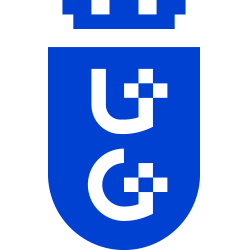
ul. Bażyńskiego 1a 80-952 Gdańsk
Polska
ISNI ID: 0000 0001 2370 4076
GRID ID: grid.8585.0
Julia Stepnowska
Gdańskie Studia Azji Wschodniej, Zeszyt 12, 2017, s. 57-65
https://doi.org/10.4467/23538724GS.17.017.7943Julia Stepnowska
Gdańskie Studia Azji Wschodniej, Zeszyt 15, 2019, s. 133-140
https://doi.org/10.4467/23538724GS.19.010.11184